Employers across the United States are facing significant challenges in attracting and retaining talent. The WalletHub survey, which utilized 23 metrics to evaluate these challenges, highlights the states where hiring difficulties are most pronounced. This analysis provides a detailed understanding of the hiring landscape based on the survey.
Alaska
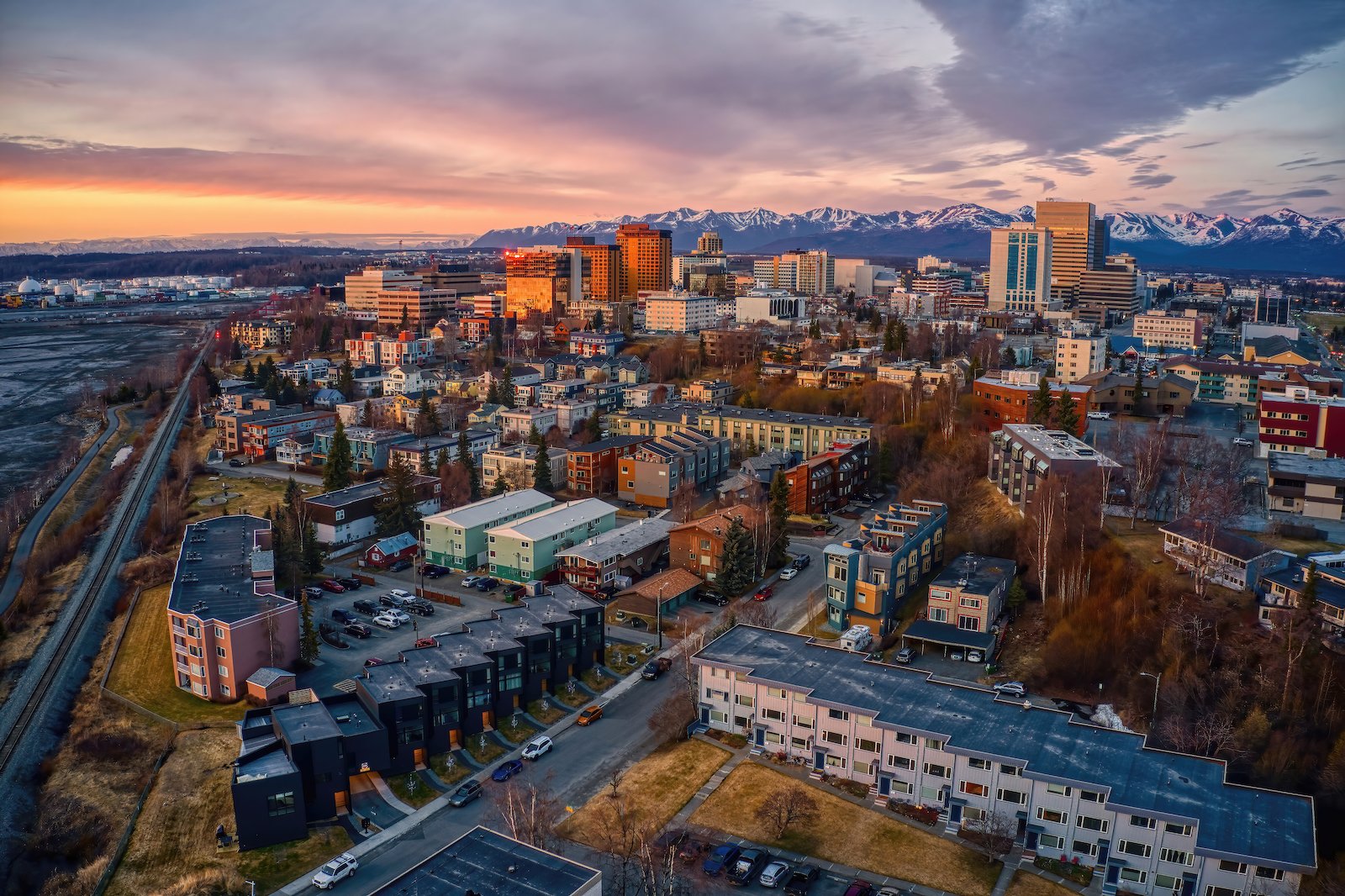
Alaska is one of the states where employers are struggling the most with hiring. The state’s geographical isolation and harsh climate contribute to its hiring challenges. Alaska has a high job openings rate and an unemployment rate of 4.7% as of February 2024. The high cost of living and limited access to education and training exacerbate these difficulties.
West Virginia

West Virginia has a high unemployment rate and significant job openings. According to the report, the state had an unemployment rate of 4.3%. Historically reliant on coal mining, the state’s economy has significantly declined, leading to economic instability. Efforts to diversify the economy have been slow, contributing to the high unemployment and job opening rates.
South Carolina
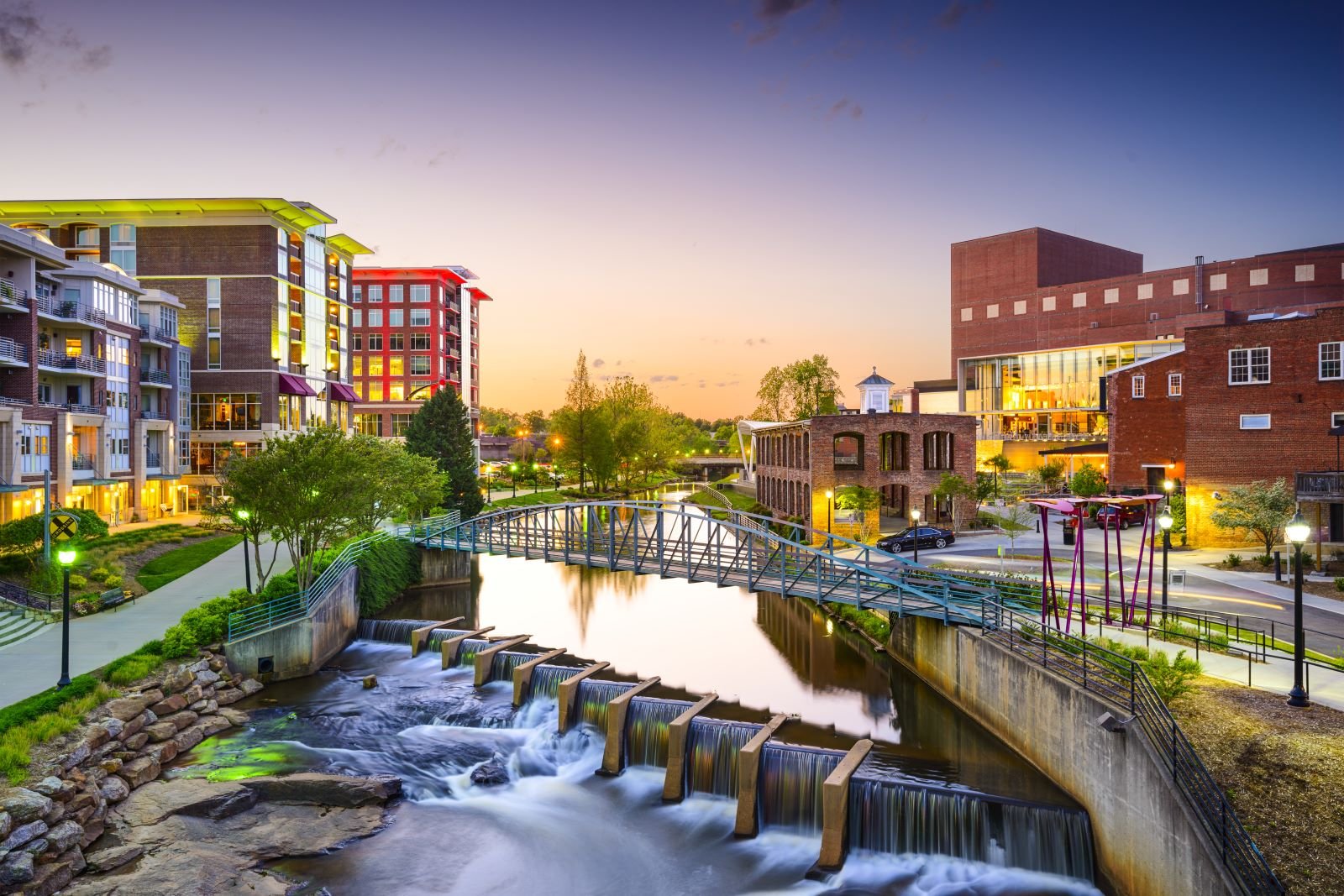
South Carolina faces substantial hiring challenges, with a high job openings rate. The state’s unemployment rate was 3.1% in February 2024. Economic growth has been uneven, and certain sectors, such as manufacturing and healthcare, struggle to find qualified candidates.
Georgia

According to BLS, Georgia had 263,000 job openings in March 2024. WalletHub reported an unemployment rate of 3.1% in the state this year. The state’s rapid economic growth has led to a demand for skilled labor that outpaces supply, especially in urban areas.
New Mexico
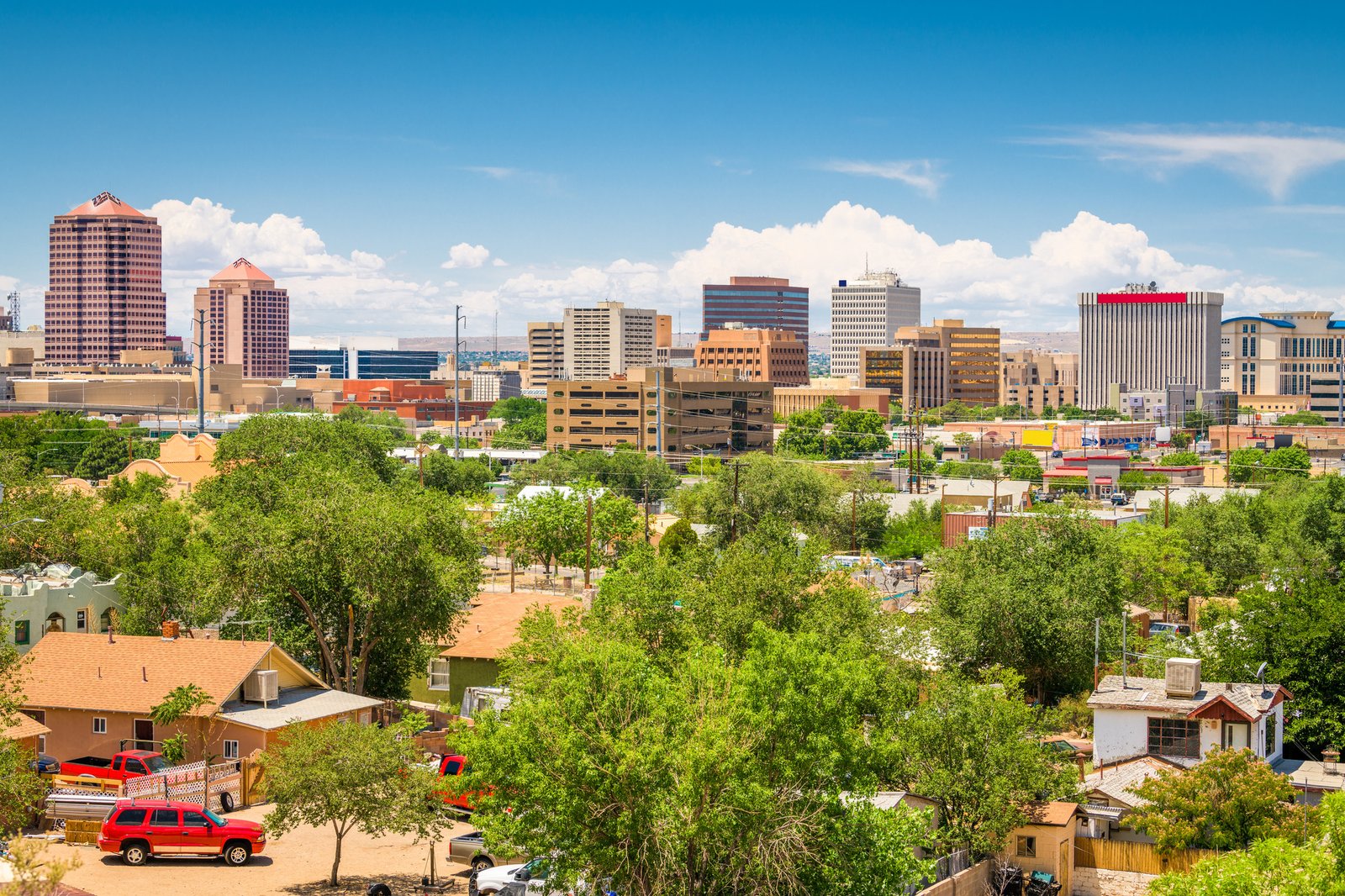
New Mexico faces low labor participation, meaning only 56.9% of the workforce is active. Other factors like continuous population decline,& lower average wages hugely impact the number of laborers. The state’s unemployment rate was 3.9% this year. New Mexico also has a low job growth rate, reflecting economic challenges that affect job creation.
Louisiana
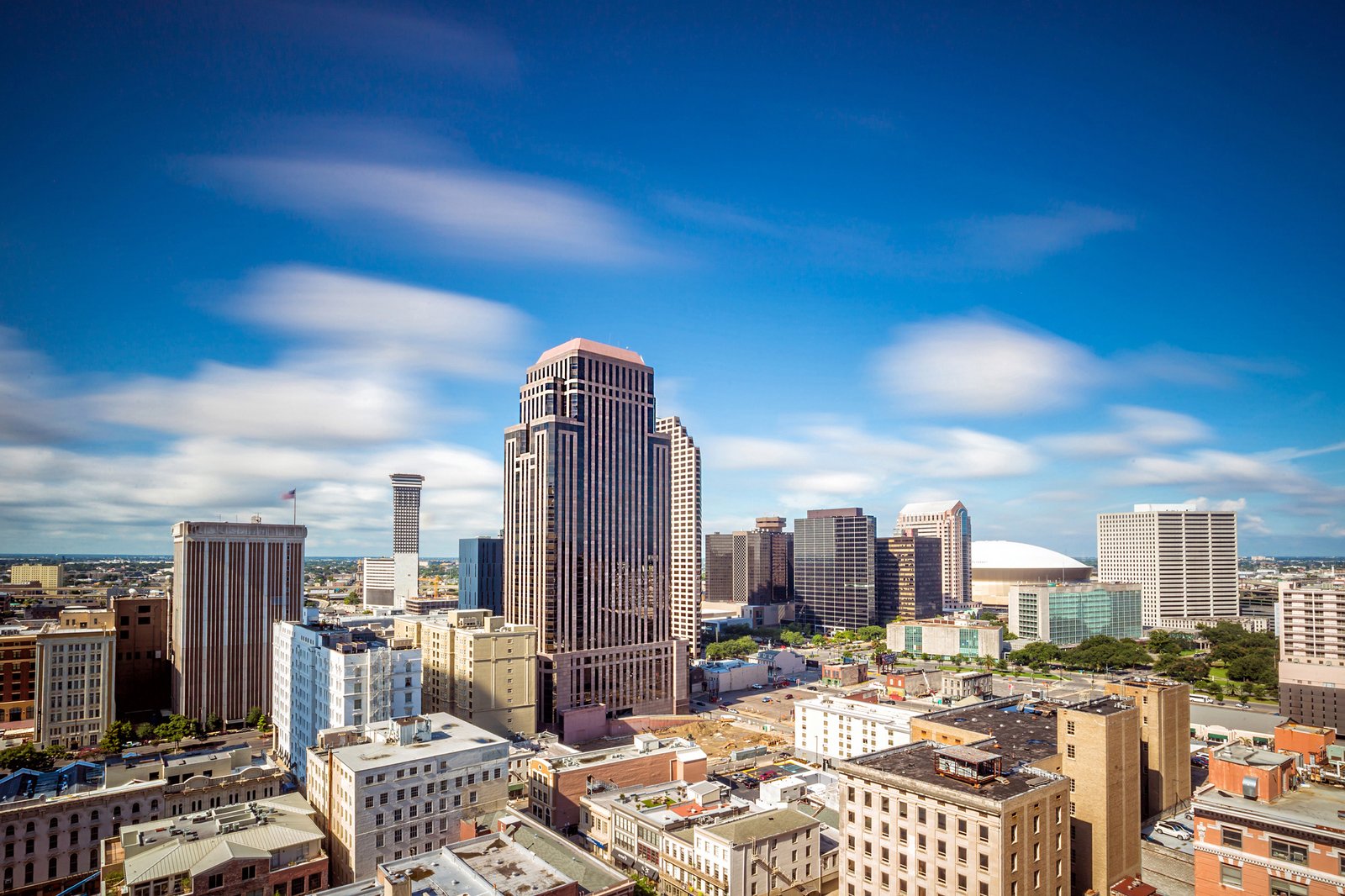
Louisiana has been facing a struggling economy, a declining population, and unemployment for the past several months. From May 2023 to December 2023, nonfarm employment decreased by 18,700 jobs, totaling 1.97 million jobs, and household survey data shows a loss of 29,450 jobs during the same period. The state has an unemployment rate of 4.2% this year. Louisiana has experienced net outmigration for the past four years, with 110,709 people leaving the state since 2020. This trend is concerning as it leads to family separations, loss of skilled individuals with higher incomes, and economic consequences for the state.
Montana

Montana faces a severe labor shortage across all sectors despite its open-for-business stance. Unemployment has slightly decreased to 3.4% in February. The workforce remains at 10,000, smaller than pre-pandemic levels despite an influx of new residents. There are currently over 14,000 job openings statewide listed on Montanaworks.gov.
Mississippi

The state’s reported unemployment rate is 3.1%, one of the highest in the nation. Mississippi faces a significant workforce shortage, with only 49 available workers for every 100 open jobs. Despite improvements since the pandemic, the state’s labor force participation rate still lags behind the national average, impacting its recovery.
Before the pandemic, Mississippi faced challenges in its labor market with a 3.5% unemployment rate, similar to the national average, but a lower labor force participation rate of 55.9%. There were only 52 available workers for every 100 open jobs.
As of August 2023, Mississippi’s labor market has largely recovered. The unemployment rate has improved slightly compared to pre-pandemic levels, and the labor force participation rate is close to its previous levels but remains eight points below the national average.
Colorado

Colorado ranks among the top states nationwide facing challenges in hiring, which aligns with a trend of more people leaving the state than relocating there. With an unemployment rate of 3.5%, employers struggle with finding labor.
North Carolina

North Carolina ranks tenth due to its high job openings rate and moderate unemployment rate. It was reported with an unemployment rate of 3.5%. The state’s diverse economy, which includes technology, manufacturing, and healthcare, has created a strong demand for skilled labor. However, the rapid economic growth has outpaced the supply of qualified workers, leading to significant hiring challenges.
Kentucky
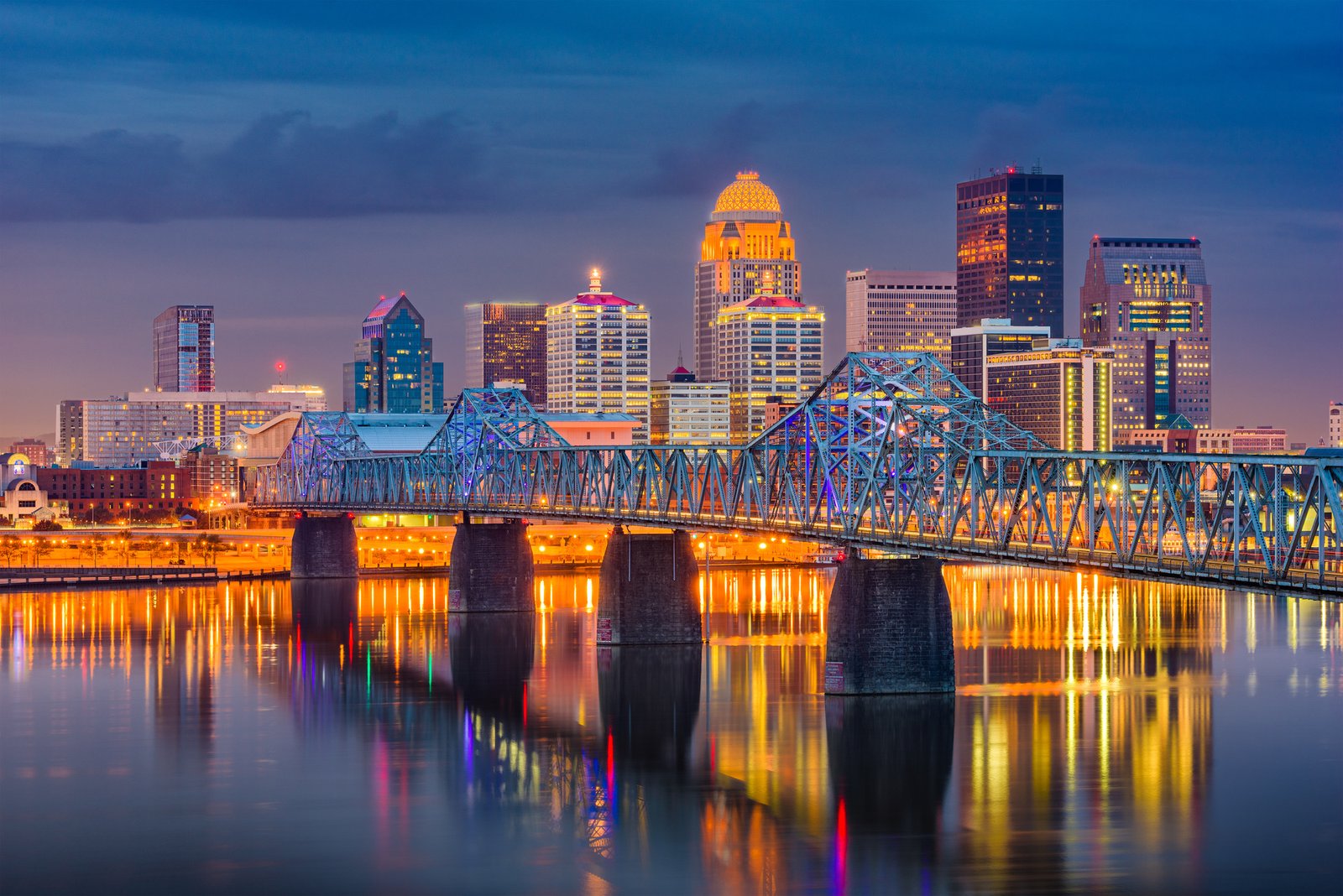
The state’s unemployment rate stood at 4.4%. Kentucky’s employment growth rate of 1.2% is below the national average, indicating sluggish job creation. The state faces significant challenges in its education system, resulting in a workforce that often lacks the skills required by employers. Moreover, economic growth has been slow, affecting job creation and availability.
Wyoming
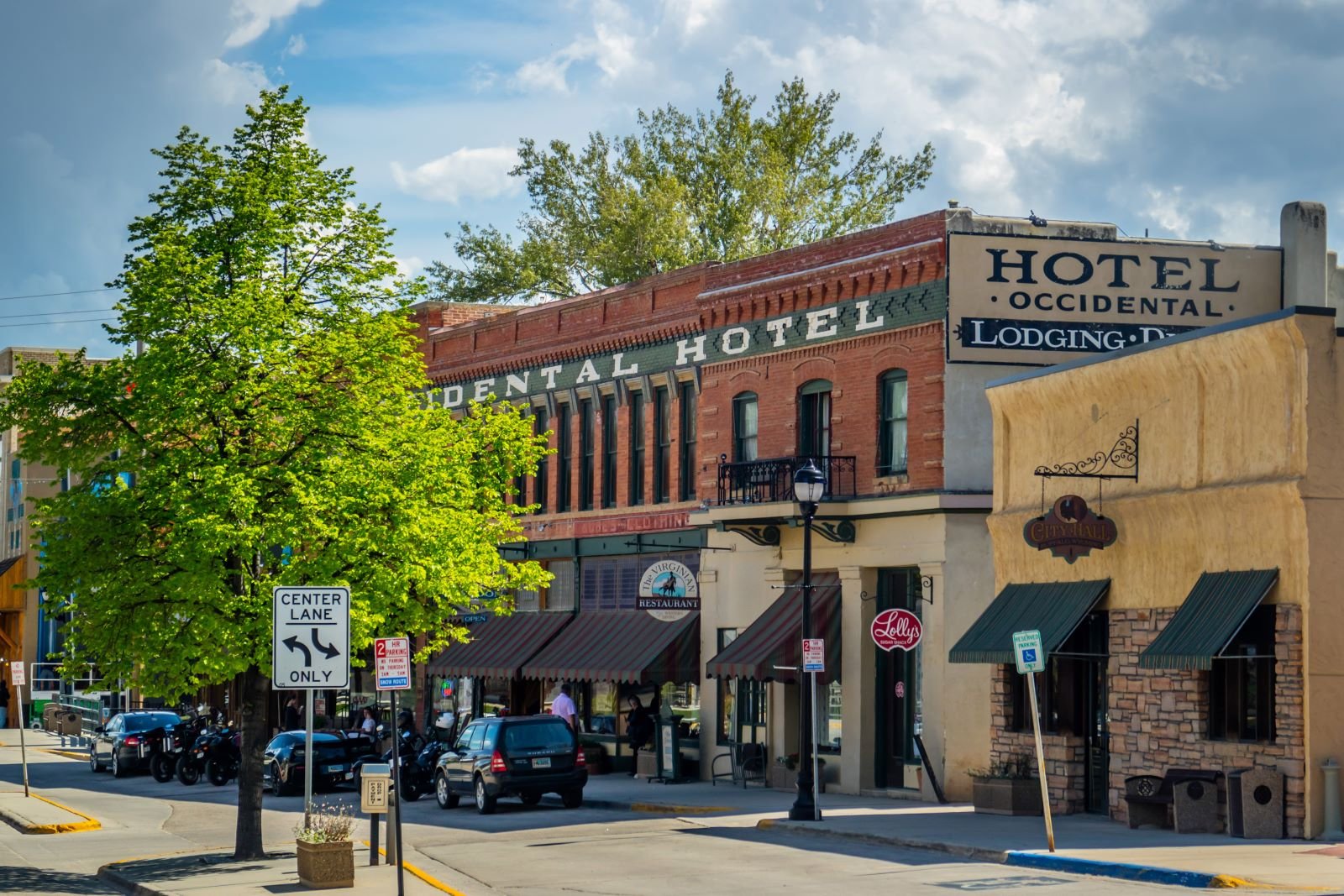
Wyoming struggles with hiring due to its dependence on the energy sector. The state’s unemployment rate was 2.8%. Wyoming has a high job openings rate (17000 in Apr 2024), particularly in the energy sector, which experiences fluctuations that lead to economic instability. The state’s sparse population and rural nature make attracting talent challenging, further exacerbating hiring difficulties.


